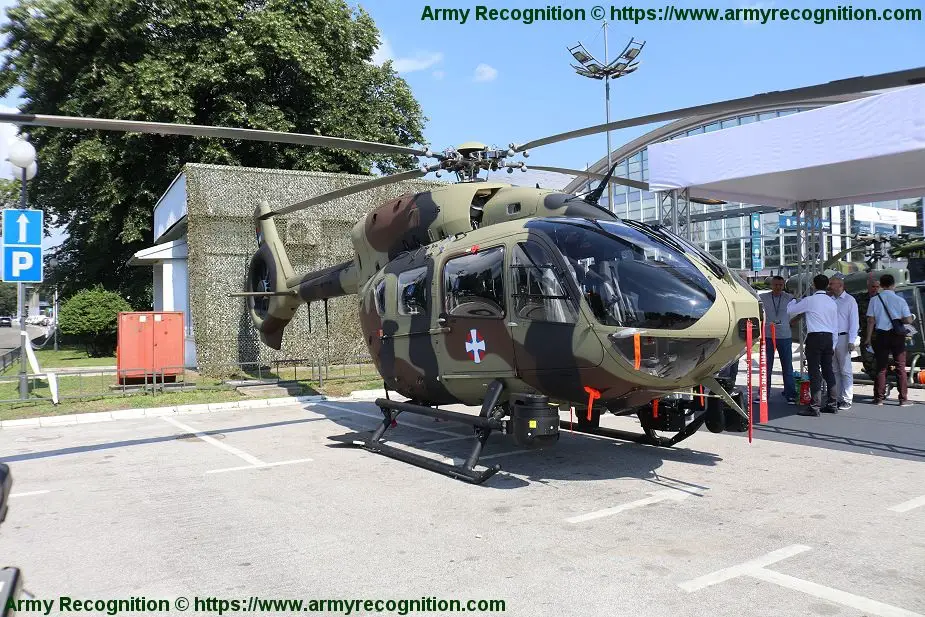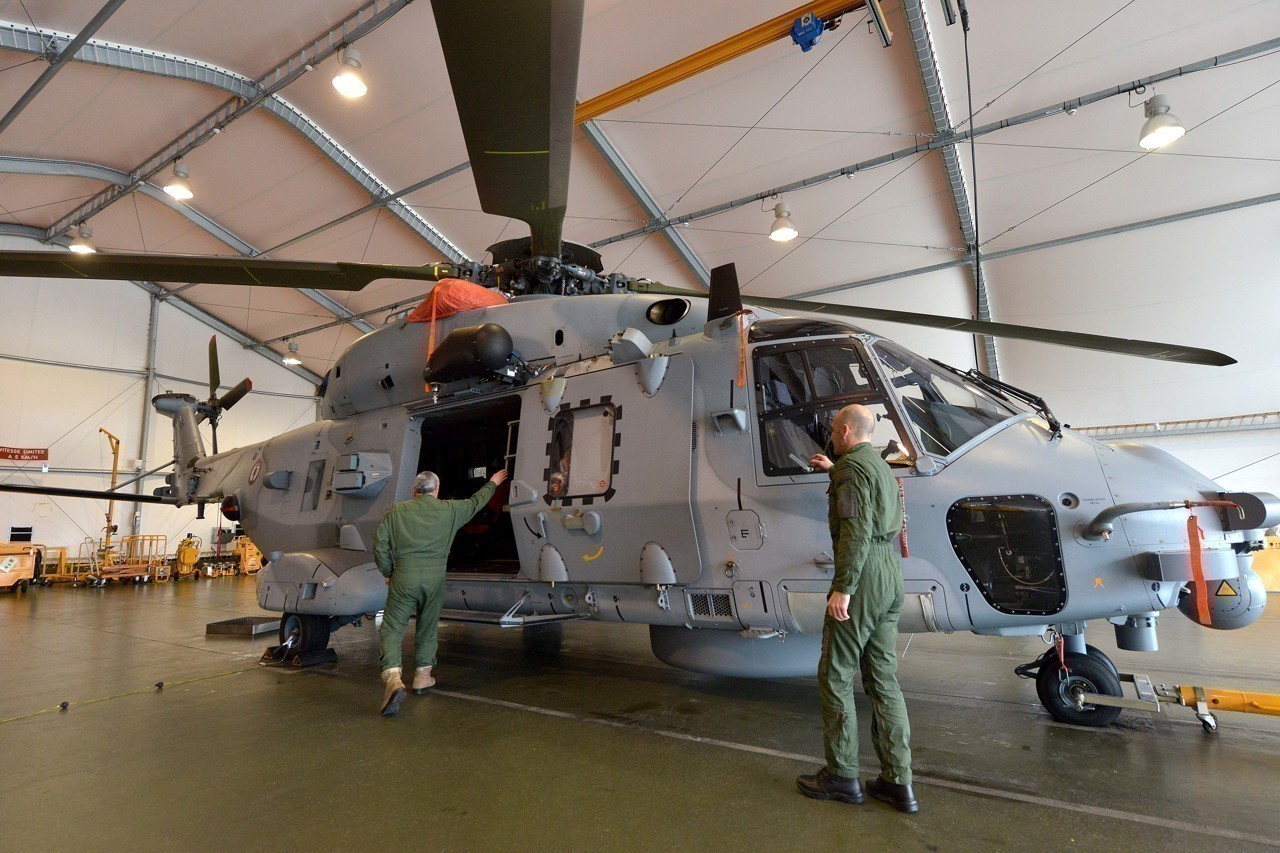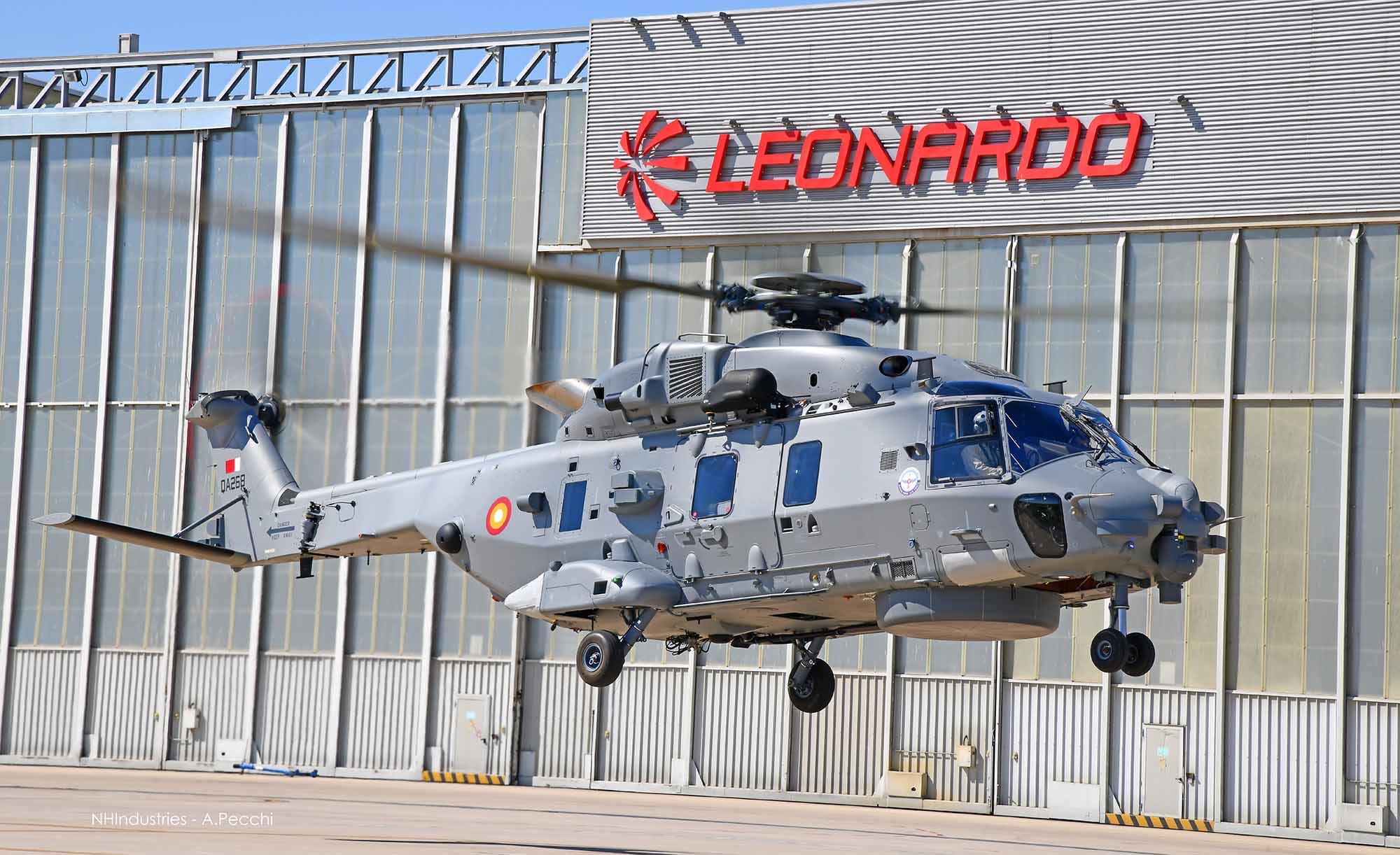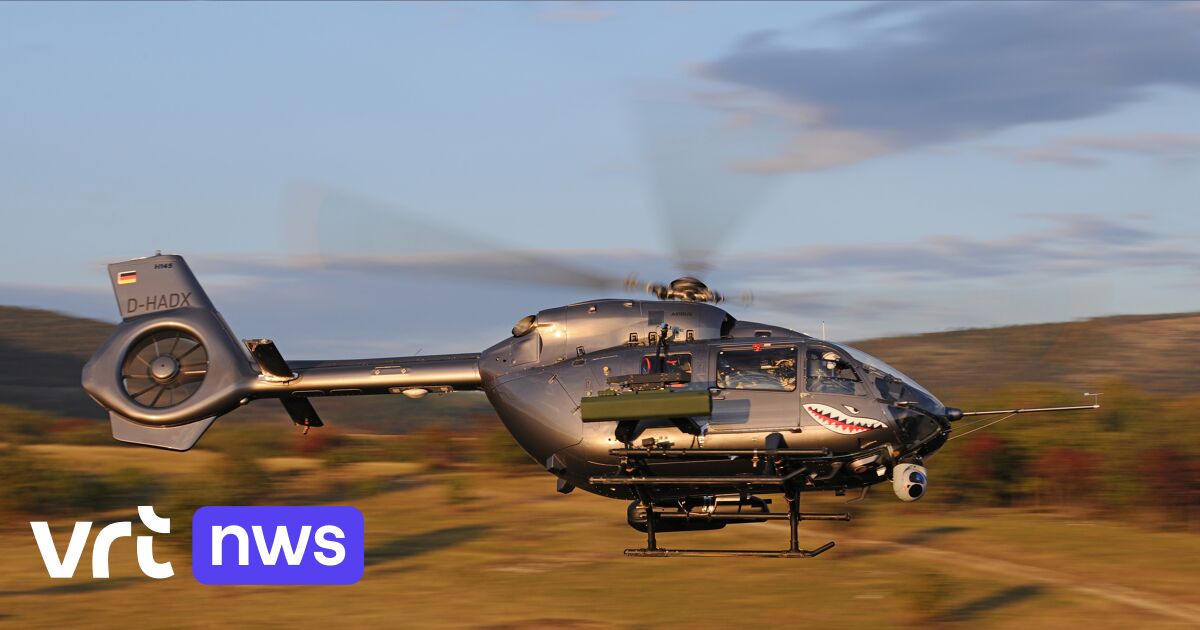Belgian Defense Minister, Ludivine Dedonder, on January 28 her STAR plan (Security, Technology, Ambition, Resilience), which updates the 2016 Strategic Vision. Different sources indicate the purchase of fifteen H145M light helicopters of Airbus would be a file already well advanced, marking the end of the NH90 TTH of the Air Component.
In June 2020, Defense already
reduced flight plan for NH-90 TTH helicopters, because of their expensive upgrades and flight hours, flawed industry support and staff shortages. In principle, they were to remain operational at least until 2024. As we reported in January 2022, the Air Component of the Belgian Armed Forces
plans to buy new helicopters as a replacement for the NH90-TTH medium-sized, twin-engine, multi-role military helicopter and the Agusta A109 lightweight, twin-engine, multi-purpose helicopter.
With the H145M, flight hours will be much less expensive. According to a source close to the file still quoted by VRT NWS, we would go from 15,000 euros for one hour of flight to less than 3,000 euros.
The 3.8-tonne H145M is a proven light and versatile helicopter perfectly adapted to conducting reconnaissance and support missions, while still being capable of delivering troops and materials at a fast pace. The H145M is the military version of the tried-and-tested, lightweight and powerful twin-engine H145 civil helicopter, which has been deployed across the world in harsh conditions – and has proven its high performance. In mountainous areas and in hot conditions, the H145 has made its name as a rugged and reliable helicopter.
Equipped with the Airbus HForce weapons system, the H145M also can provide vital fire support. In 2013, the H145M was chosen by the German Armed Forces (Bundeswehr) as part of the Light Utility Helicopter (LUH) Special Operations Forces (SOF) project.
This helicopter will replace the NH90 TTH, but not the NH90 NFH. Because of its cooperation with the Dutch Navy, the Navy Component is obliged to continue to operate the aircraft for the missions of its frigates.
Belgian Defense Minister, Ludivine Dedonder, on January 28 her STAR plan (Security, Technology, Ambition, Resilience), which updates the 2016 Strategic Vis

airrecognition.com
15,000 euros/hour, such crazy spending, enough for three UH-60M





